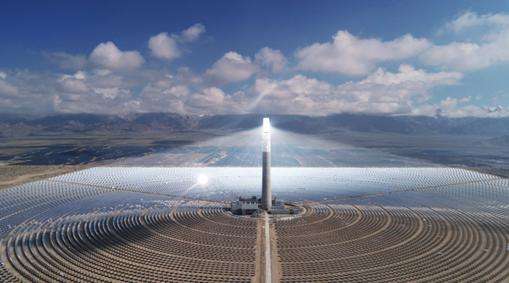Advantages:
(1) Good ignition performance. Cetane number is a quality indicator that measures fuel performance in compression ignition engines. Biodiesel has a higher cetane number, above 45 (petrochemical diesel is 45), and its ignition performance is better than that of petrochemical diesel. ?
(2) More fuel. The oxygen content of biodiesel is higher than that of petrochemical diesel, up to 11%. The amount of oxygen required during the combustion process is less than that of petrochemical diesel, and the combustion is more complete than that of petrochemical diesel.
(3) Wide applicability. In addition to being used as an alternative fuel for diesel engines such as buses and trucks, biodiesel can also be used as an alternative fuel for non-road diesel engines such as shipping, hydraulic equipment, equipmentgeological mining operations and fuel-fired power plants. . ?
(4) Protect electrical equipment. Biodiesel has a slightly higher kinematic viscosity than diesel. Without affecting the atomization of fuel, it is easier to form an oil film on the inner wall of the cylinder, thereby improving the lubricity of moving parts and reducing wear. ?
(5) Good versatility. There is no need to modify the diesel engine and it can be added directly for use. At the same time, there is no need to add additional refueling equipment, storage and transportation equipment, or special technical training for personnel (usually other alternative fuels can be used). require engine modifications before they can be used). ?
(6) Safe and reliable. The flash point of biodiesel is higher than that of petrochemical diesel,which promotes safe storage, transportation and use.
(7) Energy saving and reduction of consumption. Biodiesel itself is a fuel. Mixing it with petrochemical diesel in a certain proportion can reduce fuel consumption and improve energy performance.
(8) Strong climatic adaptability. Since biodiesel does not contain paraffin, it has good low temperature fluidity and can be used in a wide range of fields.
(9) Many functions. Biodiesel can not only be used as a fuel but also as an additive to promote combustion, thus serving a dual function.
(10) It has excellent environmental protection properties. The low sulfur content of biodiesel results in low emissions of sulfur dioxide and sulphides, which can be reduced by around 30% (70% with a catalyst that does not containno aromatic hydrocarbons likely to pollute the environment, so that the exhaust gases produced); is harmful to the environment. Low damage to the human body.
Disadvantages:
(1) The calorific value of biodiesel is slightly lower than that of petroleum diesel
(2) Biodiesel has higher solubility and can do it; removes carbon deposits from the engine, protects the engine and extends engine life;
(3) When biodiesel is used as an automobile fuel, NOx emissions are slightly higher than those of diesel oil tanker;
(4) Raw materials have a great influence on the properties of biodiesel. If the content of saturated fatty acids in raw materials, such as palmitic acid or stearic acid, is high, low temperature. the fluidity of biodiesel may be poor; whether polyunsaturated fatty acids, whether the content of linoleic acid or linol acidenic is high, the oxidation stability of biodiesel may be poor, requiring the addition of corresponding additives.
Detailed information:
Biodiesel is a “Green energy” presents the following characteristics: good environmental protection performance, good engine starting performance, good fuel performance, wide source of raw materials, renewable characteristics and others. In recent years, many studies have confirmed that whether it is a small or light diesel engine or a large diesel engine or a tractor, after the combustion of biodiesel, hydrocarbons are reduced by 55 at 60%, particles are reduced by 20% to 50%, and CO is reduced by more than 45%. Polycyclic aromatic hydrocarbons are reduced by 75% to 85%.
Biodiesel refers to vegetable oil (such as canola oil, soybean oila, peanut oil, corn oil, cottonseed oil, etc.), animal oil (such as fish oil, lard, beef tallow, sheep, etc.), waste oil or fatty acid methyl ester or ethyl ester formed by conversion of microbial oil ester and methanol or ethanol. Vegetable oils and animal fats with certain structural symbols of fatty acid glycerides (i.e. triglycerides) are often used as feedstocks for biodiesel.
Baidu-Biodiesel Encyclopedia














